With so many options on the market when it comes to fireplaces, choosing the right one for you can be tricky. We look at fuel types and design options to help make your decisions that much easier.

Faitsch Products
Wood burning
There is nothing like the smell of a warm fire in winter and even more if it is a wood-fuelled fire.
“Wood-burning fireplaces allow for environmentally friendly heating with little wood consumption and they are not dependant on electricity. They also offer high efficiency, which is combined with ambience, making it a feature in the home,” says Christian Faitsch, the owner of Faitsch Products.

Faitsch Products
Gas burning
If on the other hand you are looking for a gas-burning fireplace, Malcolm Sims, the managing director at Infiniti Fires, explains the benefits that you can expect. “Flueless gas fireplaces burn gas very cleanly, enabling them to give a realistic flame pattern that has good visual appeal as well as very low emissions. These low emissions make them ideal to heat open-plan areas of the home without the need for a chimney.”

Infiniti Fires
Design the fireplace your way
Whatever type of fuel you decide on, when it comes to the design of the fireplace, your options are endless. Jared Baker, manager of the Home Fires North Riding showroom, explains some of the popular types of fireplaces that are available.

Home Fires
– Built-in fireplaces create a natural focal zone in the room, which you can further enhance by the addition of various accessories, surrounds or mantelpieces, cladding, hearts, the list goes on. It is far easier to create this kind of focal zone with a built-in fireplace than with any of the other categories. In addition to this, the built-in fireplaces can be installed flush against the wall, and with the chimney located outside, thereby reducing the amount of space the fireplace takes up in the room or area.
– Freestanding fireplaces are generally much simpler and easier to have fitted than their built-in counterparts. This means that even clients without an existing chimney structure can now enjoy the benefits of a fireplace without the cost, mess, and disruption of having a brick structure built.
– Wall-mounted fireplaces are limited, but very useful in that they offer clients the option to install a fireplace that does not need to be the focal point in the room. If the fireplace is high enough then other items can stand underneath it, saving on floor space requirements. This option is also popular with new parents, because mounting the fireplace on a wall at eye level will keep it out of the reach of small children.
– Drop-in fireplaces are becoming increasingly popular due to their minimalist design and their versatility with regards to installation. They need to drop in to some sort of structure, but that structure can be built-in or freestanding. Also, because they are part of the vent-free gas range, they do not require a chimney.
– Balanced fuel gas fireplaces are enclosed units that draw their air requirements and vent fumes directly to the outside by means of a special chimney system. These fireplaces are very safe to use in bedrooms and any other areas as well and are especially useful to people who suffer from sensitivity to gas. They also feature a remote control for easy operation.
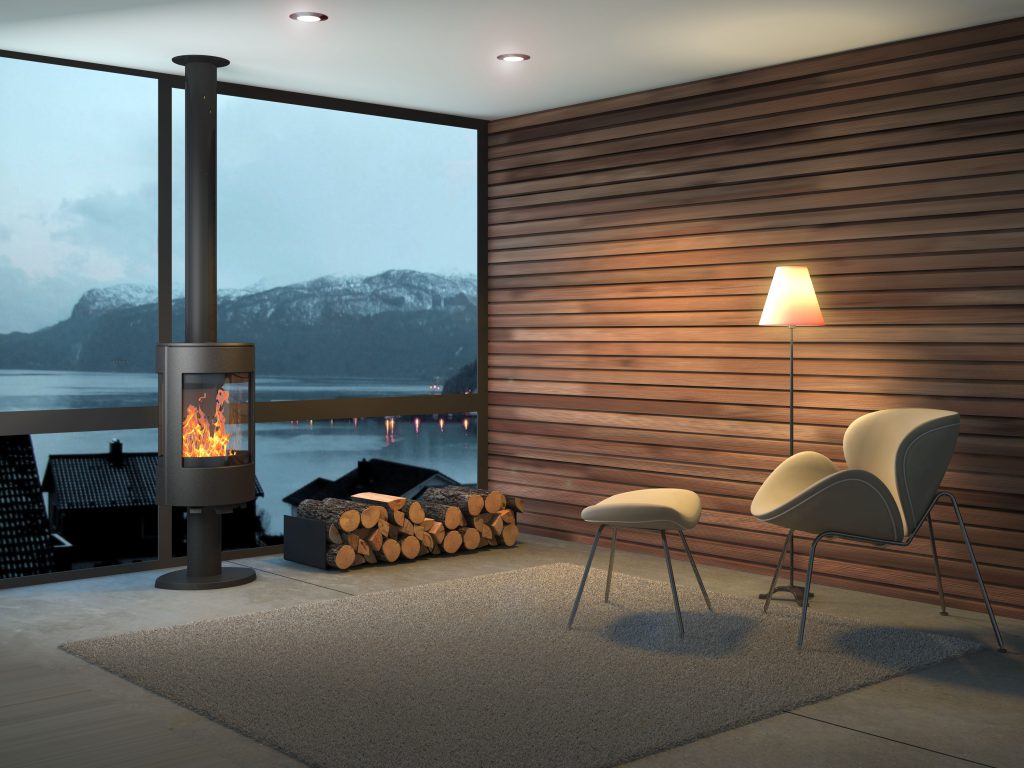
Home Fires

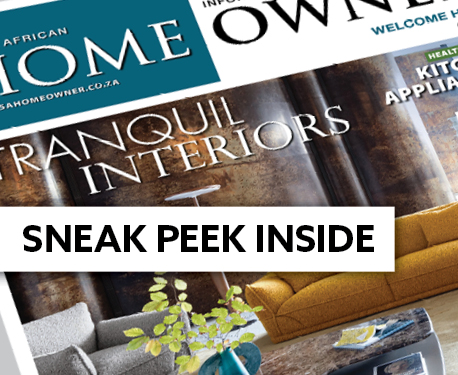


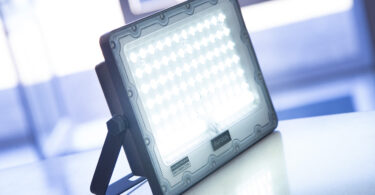
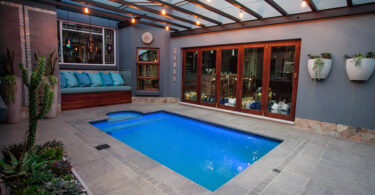

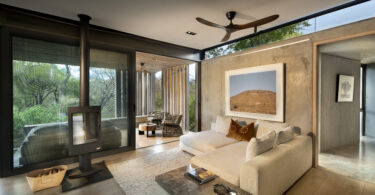


Leave a Comment